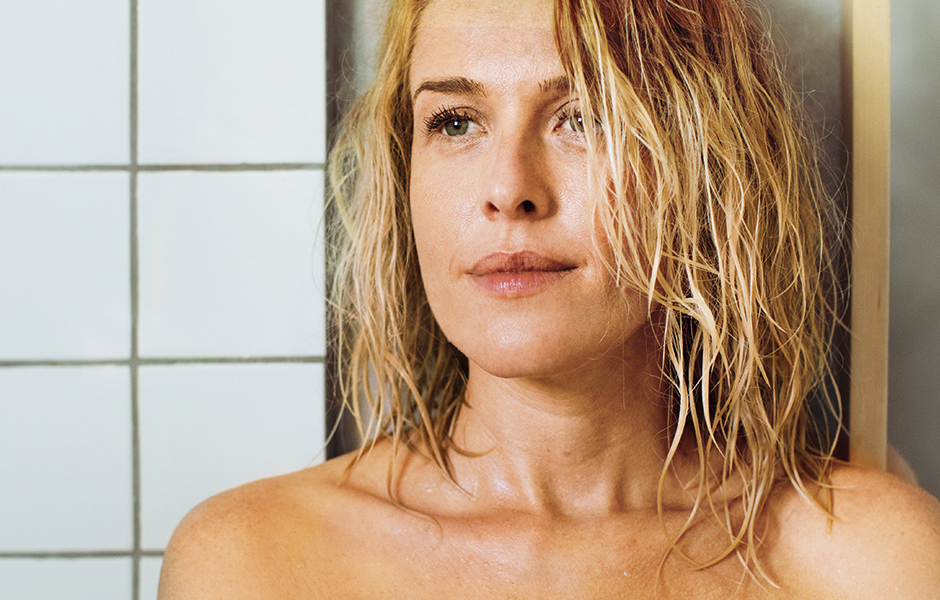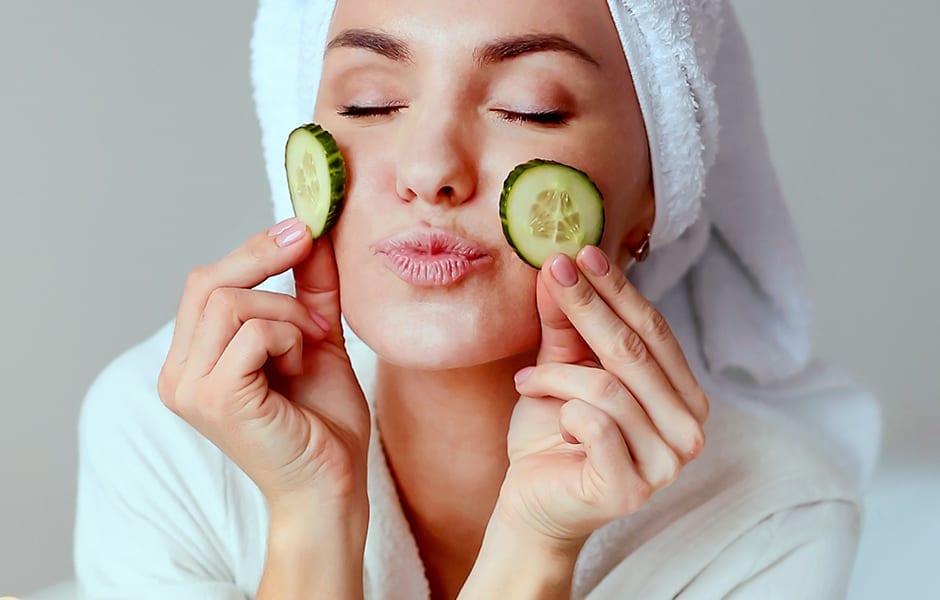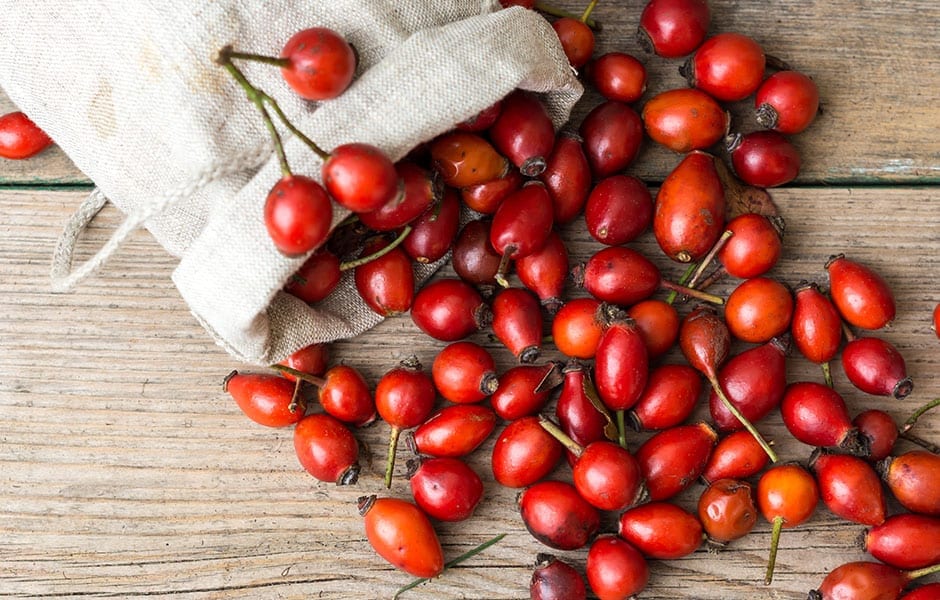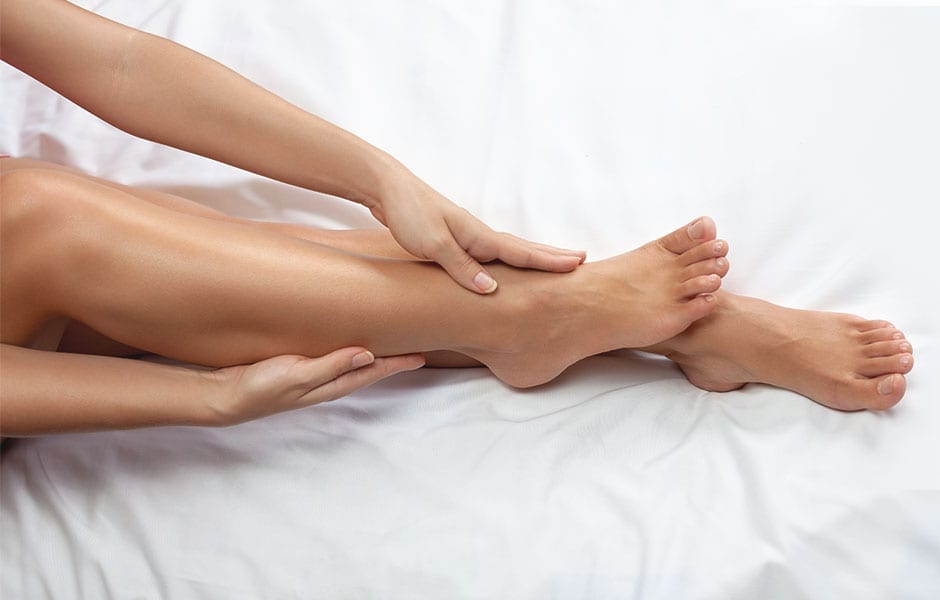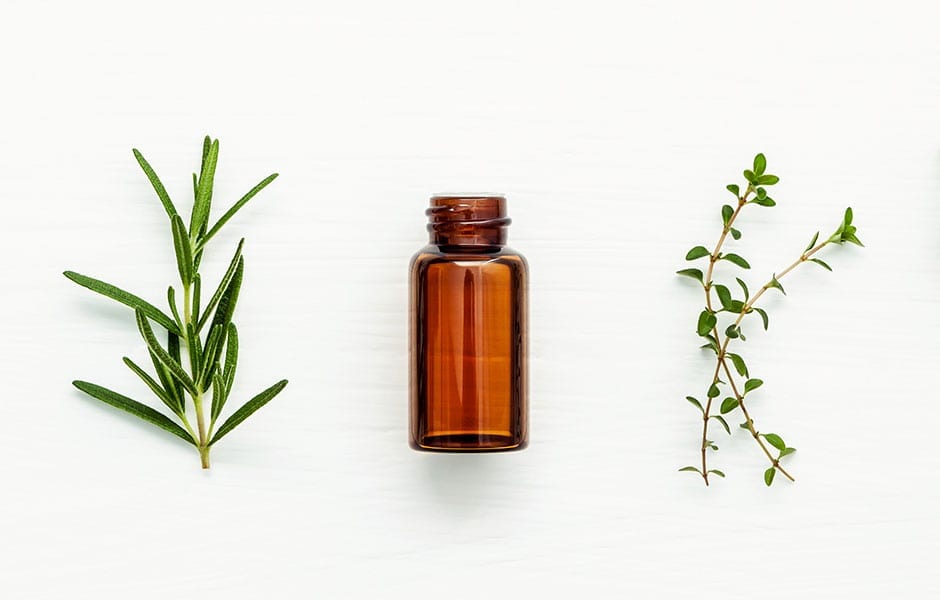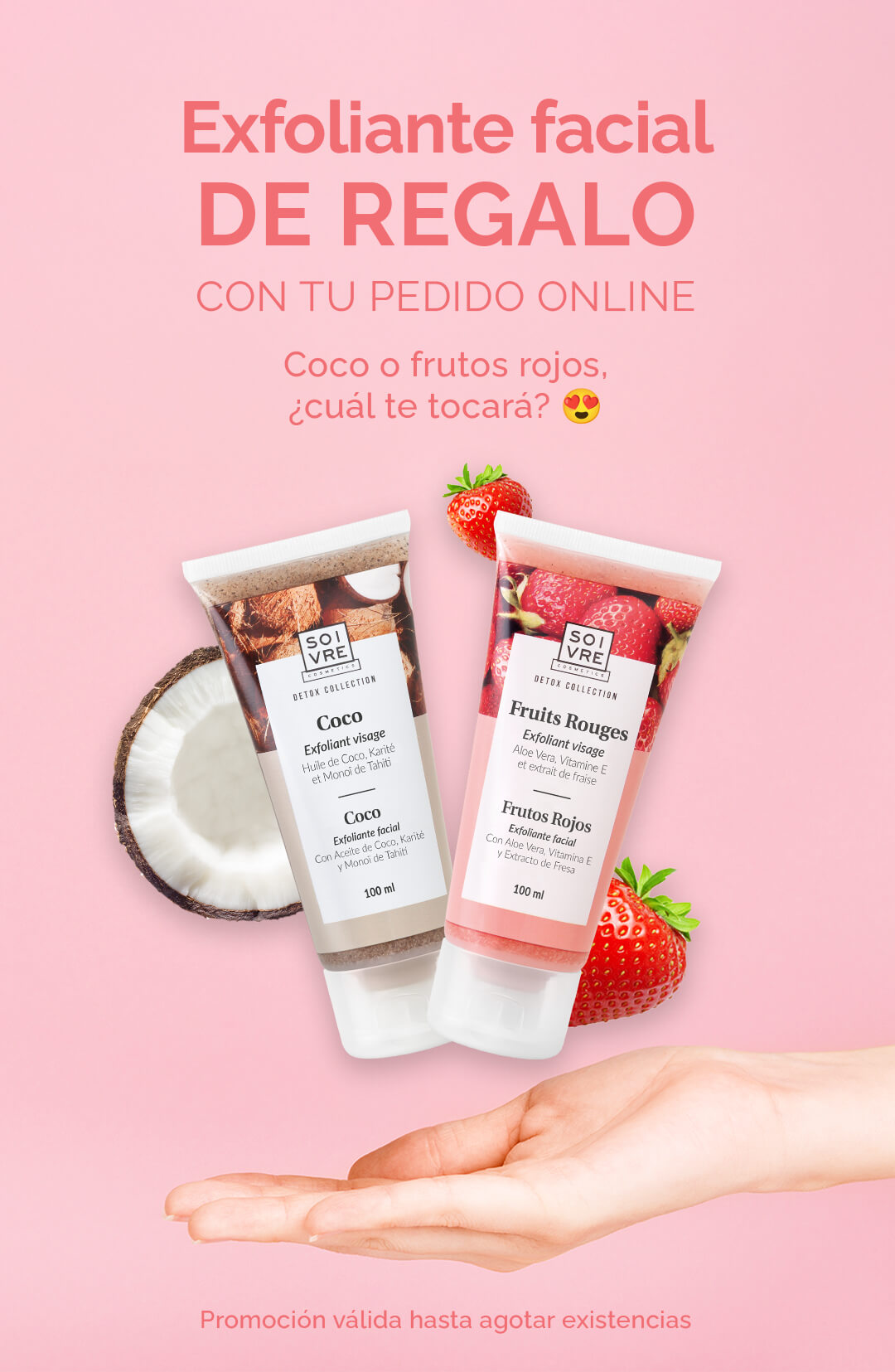How preventing stretch marks during pregnancy? During pregnancy your skin suffers additional stress as a result of all the changes that occur in your body and, in addition to stretch marks, the dreaded spots and cellulite can appear... Your baby generates a revolution in your immune, vascular and endocrine systems, all in less than a year.
Stretch marks, in particular, affect 80 % of pregnant women. These unsightly marks on the skin are avoidable if you take action from the first month of pregnancy and even after delivery.
Tips to prevent stretch marks during pregnancy
Maintain a healthy and balanced diet
It is often said that pregnant women should eat for two: it is not about increasing the volume, but about eating enough and of good quality. By good quality we mean fresh produce as well as reducing the intake of sugars and highly processed foods.
A balanced diet will prevent you from gaining weight abruptly, and thus the skin undergoes a more controlled tightening.
[Tweet "Stretch marks affect 80 % of pregnant women."]
For this reason, it is recommended that pregnant women seek the help of a nutritionist who, according to their needs, will determine the most appropriate food balance during pregnancy.
The most common diet for a pregnant woman includes foods rich in vitamin C such as citrus fruits and very green leafy vegetables. For more information on these foods click here to read our list of foods rich in vitamin C. :-)
It is common for women to have iron deficiency in your body and vitamin C helps in the absorption of iron. It is also perfect for keeping the skin young, preventing oxidation and combating the appearance of free radicals.
Eating protein from meat and fish several times a week will stimulate the production of new muscle fibres. This is the best way to avoid postpartum flab. And as soon as your doctor says it is appropriate, you should do an exercise routine to keep your muscles toned.
Applying moisturising and firming creams
The occurrence of Stretch marks during pregnancy. Go to click here and you can find out more about what stretch marks are in one of our articles. Broadly speaking, we can say that they are lesions in the deep layers of the dermis and which appear on the epidermis. They appear on the lower abdomen, breasts, thighs, inner arms and hips.
To combat stretch marks, you need special moisturising and firming creams. Gentle daily massages on the tummy, thighs and legs, as well as on areas with stretch marks, are also recommended to activate circulation and help the creams to penetrate well. Make massages a short ritual after every shower.
For the belly you can massage with rosehip oilan emollient that will give the skin great elasticity. Using delicate circular movements, massage all areas of the abdomen and breasts, until you feel that it is completely absorbed. About 10 minutes of massage is enough.
[Tweet "Massaging with rosehip oil will make your skin more supple"]
If you feel like it, enrich the experience with some relaxing music in the background. Pamper and take care of your body. Pregnancy is a natural process, yes, but it is a time of intense changes and you need to create the most appropriate space for them to occur and for you to experience the changes with satisfaction.
In the thighs, we recommend using creams that are oily and whose active ingredients stimulate skin regeneration, moisturisation and hydration. The breasts, for example, are delicate. Nipples tend to crack when you start breastfeeding. Prepare your breasts for the breastfeeding period with daily skin firming creams. And stop applying them once the baby is born.
Pregnancy can be an extraordinary time in your life. If you can afford it, seek the help of specialised professionals and spas, where massaging your legs will help you to cope with the usual fluid retention. Always find out what kind of products they use and if they are suitable for pregnant women.
Protect yourself from the sun
You should not sunbathe without first applying sunscreen. And to be more rigorous, we would say that it is not advisable for your belly to receive direct sunlight. Also, during pregnancy, avoid artificial substances and do not go to tanning salons.
Another important change in your skin, which are not stretch marks but are common, are the irregular, brownish patches on the face. They are more common in women with dark skin. They are located in the areas most exposed to the sun such as the chin, forehead and cheekbones. These spots are called chloasmaAlthough they have a hereditary and hormonal component, the sun is the main trigger. To prevent chloasma, use creams and make-up with UVA and UVB filters before going outside.
And to reduce the appearance of blemishes on your face, remember that you can also apply moisturising cream with rosehip oil: this natural oil contains very beneficial properties to combat the appearance of blemishes on the dermis.
Showering with lukewarm to cold water
To prevent stretch marks during pregnancy you should pay special attention to the type of soap you use for your skin. It is It is advisable to use pH-neutral soaps. If they are creamy soaps that moisturise the skin, so much the better.
There are specific formulations for pregnant women, so look for the one that best suits your skin type and try to find products that include oatmeal, avocado, rosehip oil and vitamin C among their active ingredients.
On the other hand, although in winter a hot bath can be very relaxing, be aware that hot water dries out the skin. The ideal water temperature during bathing is 20º to 30º.
[Tweet "The ideal water temperature in the bath is between 20-30º.]
Skin care during pregnancy ensures that, once pregnancy is over, you will recover well in a short time and minimise the consequences for your skin of going through the months of pregnancy: the changes are inevitable and transitory, the long-term damage is avoidable. Go to the natural cosmetics and you will find anti-stretch marks solutions, without aggressive substances for your body and your baby.




